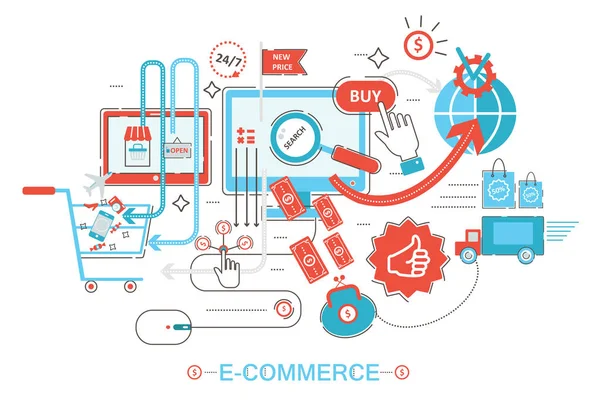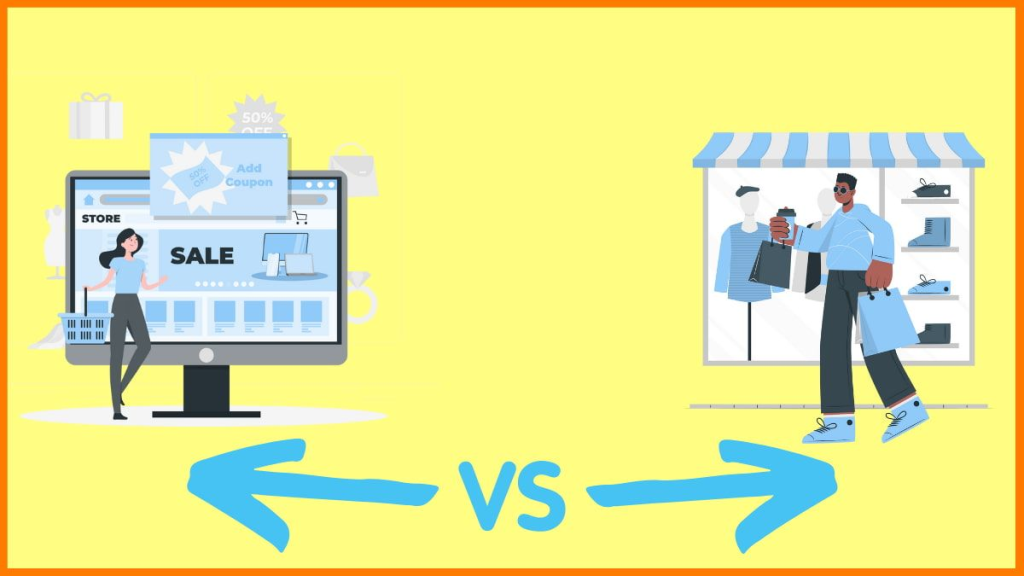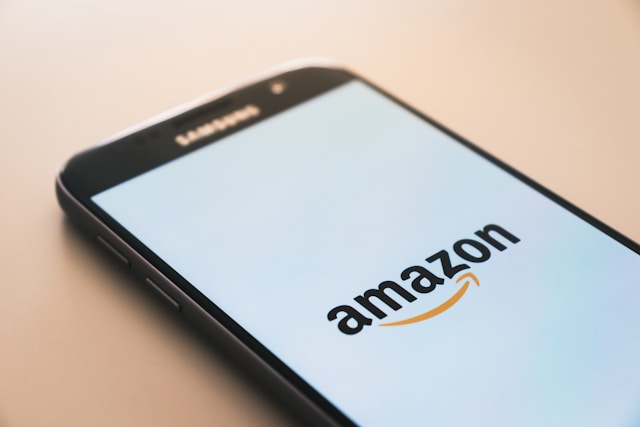
Amazon FBA (Fulfillment by Amazon) is a powerful business model that allows entrepreneurs to tap into Amazon’s extensive distribution network and customer base. By using FBA, you can outsource the storage, packing, and shipping of your products to Amazon, freeing up time to focus on growing your business. This guide will walk you through the steps to earn money with Amazon FBA, from understanding the basics to optimizing your sales and scaling your business.
Table of Contents
- Understanding Amazon FBA
- Benefits of Using Amazon FBA
- How to Get Started with Amazon FBA
- Choosing Your Niche and Product
- Sourcing Your Products
- Setting Up Your Amazon Seller Account
- Creating Your Product Listings
- Managing Your Amazon FBA Business
- Inventory Management
- Pricing Strategies
- Marketing and Promotion
- Maximizing Profits with Amazon FBA
- Optimizing Product Listings
- Utilizing Amazon Advertising
- Expanding Your Product Line
- Scaling Your Amazon FBA Business
- Automation and Outsourcing
- Global Expansion
- Common Challenges and How to Overcome Them
- Conclusion
1. Understanding Amazon FBA
Amazon FBA stands for Fulfillment by Amazon. It’s a service that allows sellers to store their products in Amazon’s fulfillment centers. Amazon takes care of packing, shipping, and customer service, providing a seamless shopping experience for customers. This service helps sellers focus on other aspects of their business, such as product research and marketing.
2. Benefits of Using Amazon FBA
- Prime Eligibility: Products fulfilled by Amazon are eligible for Prime shipping, increasing their visibility and attractiveness to customers.
- Customer Service: Amazon handles customer inquiries, returns, and refunds, saving you time and effort.
- Scalability: With Amazon handling logistics, you can focus on scaling your business without worrying about storage or shipping logistics.
3. How to Get Started with Amazon FBA
3.1 Choosing Your Niche and Product
Choosing the right niche and product is crucial for success with Amazon FBA. Start by researching market trends, competition, and customer demand. Tools like Jungle Scout and Helium 10 can help you identify profitable products. Focus on products with a high demand and low competition.
3.2 Sourcing Your Products
Once you’ve identified a product, the next step is sourcing it. You can source products from manufacturers, wholesalers, or private label suppliers. Alibaba and Global Sources are popular platforms for finding suppliers. Ensure your products meet quality standards and comply with Amazon’s policies.
3.3 Setting Up Your Amazon Seller Account
To sell on Amazon, you’ll need to create a seller account. You can choose between an Individual or Professional account. The Professional account is recommended if you plan to sell more than 40 items per month. Follow Amazon’s registration process and provide the required information, such as business details and payment information.
3.4 Creating Your Product Listings
Create compelling product listings with high-quality images, detailed descriptions, and relevant keywords. Optimize your titles, bullet points, and product descriptions to attract customers and improve search visibility. Use tools like Helium 10 or AMZScout to find the best keywords for your listings.
4. Managing Your Amazon FBA Business
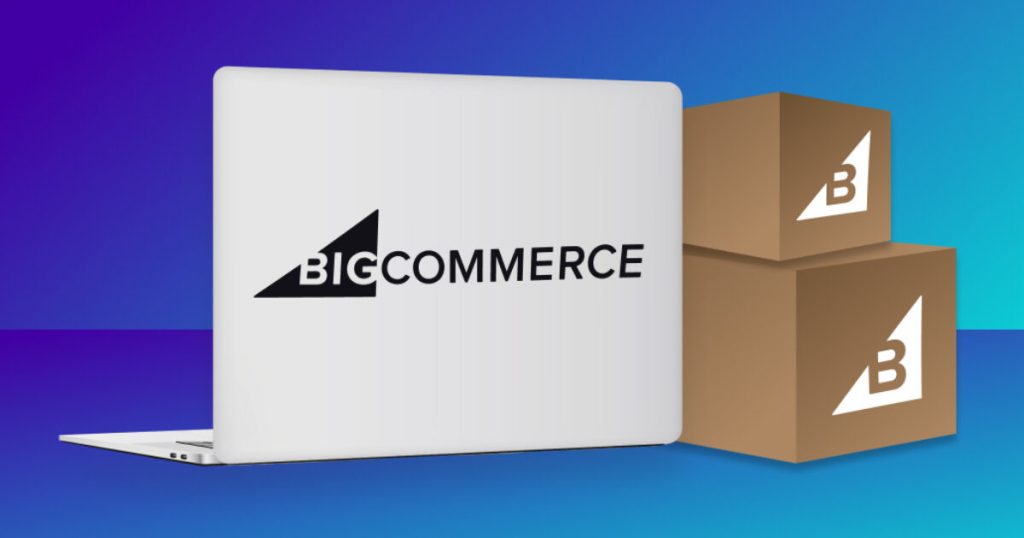
4.1 Inventory Management
Proper inventory management is essential to avoid stockouts and overstocking. Use Amazon’s Inventory Performance Index (IPI) to track your inventory health. Set up automatic reorder alerts and forecast demand to ensure you have enough stock to meet customer needs.
4.2 Pricing Strategies
Competitive pricing is key to attracting customers on Amazon. Monitor your competitors’ prices and adjust your pricing strategy accordingly. Consider using Amazon’s automated pricing tools to stay competitive without manually updating prices.
4.3 Marketing and Promotion
Promote your products through Amazon’s advertising platform, social media, and email marketing. Offer discounts, coupons, and deals to encourage purchases. Use Amazon’s Early Reviewer Program or Vine Program to get initial reviews and build credibility.
5. Maximizing Profits with Amazon FBA
5.1 Optimizing Product Listings
Regularly update your product listings with new keywords, improved images, and updated descriptions. Test different titles and bullet points to see what resonates best with customers. High-quality listings can increase conversion rates and sales.
5.2 Utilizing Amazon Advertising
Amazon offers various advertising options, such as Sponsored Products, Sponsored Brands, and Sponsored Display ads. Use these tools to increase product visibility and drive traffic to your listings. Analyze your ad performance and adjust your campaigns to maximize ROI.
5.3 Expanding Your Product Line
Once you’ve established a successful product, consider expanding your product line. Research complementary products that appeal to your target audience. Launching new products can help diversify your income and attract repeat customers.
6. Scaling Your Amazon FBA Business
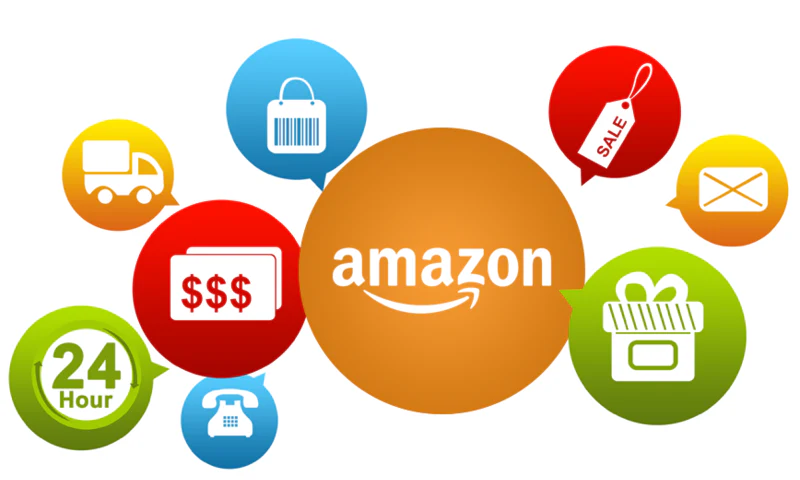
6.1 Automation and Outsourcing
As your business grows, consider automating tasks like order processing and inventory management. Use software tools and third-party services to streamline operations. Outsource tasks like customer service and content creation to focus on strategic growth.
6.2 Global Expansion
Expand your business by selling in international Amazon marketplaces. Research the demand and competition in different regions and adapt your product listings accordingly. Use Amazon’s Global Selling program to reach customers worldwide.
7. Common Challenges and How to Overcome Them
Running an Amazon FBA business comes with challenges, such as dealing with negative reviews, managing cash flow, and navigating Amazon’s policies. Stay informed about Amazon’s rules and regulations, maintain a positive relationship with customers, and plan for financial fluctuations.
8. Conclusion
Earning money with Amazon FBA requires strategic planning, effective management, and continuous optimization. By following the steps outlined in this guide, you can build a successful Amazon FBA business, reach a wide audience, and maximize your profits. Remember, the key to long-term success is staying adaptable and always looking for ways to improve your business. Happy selling!
